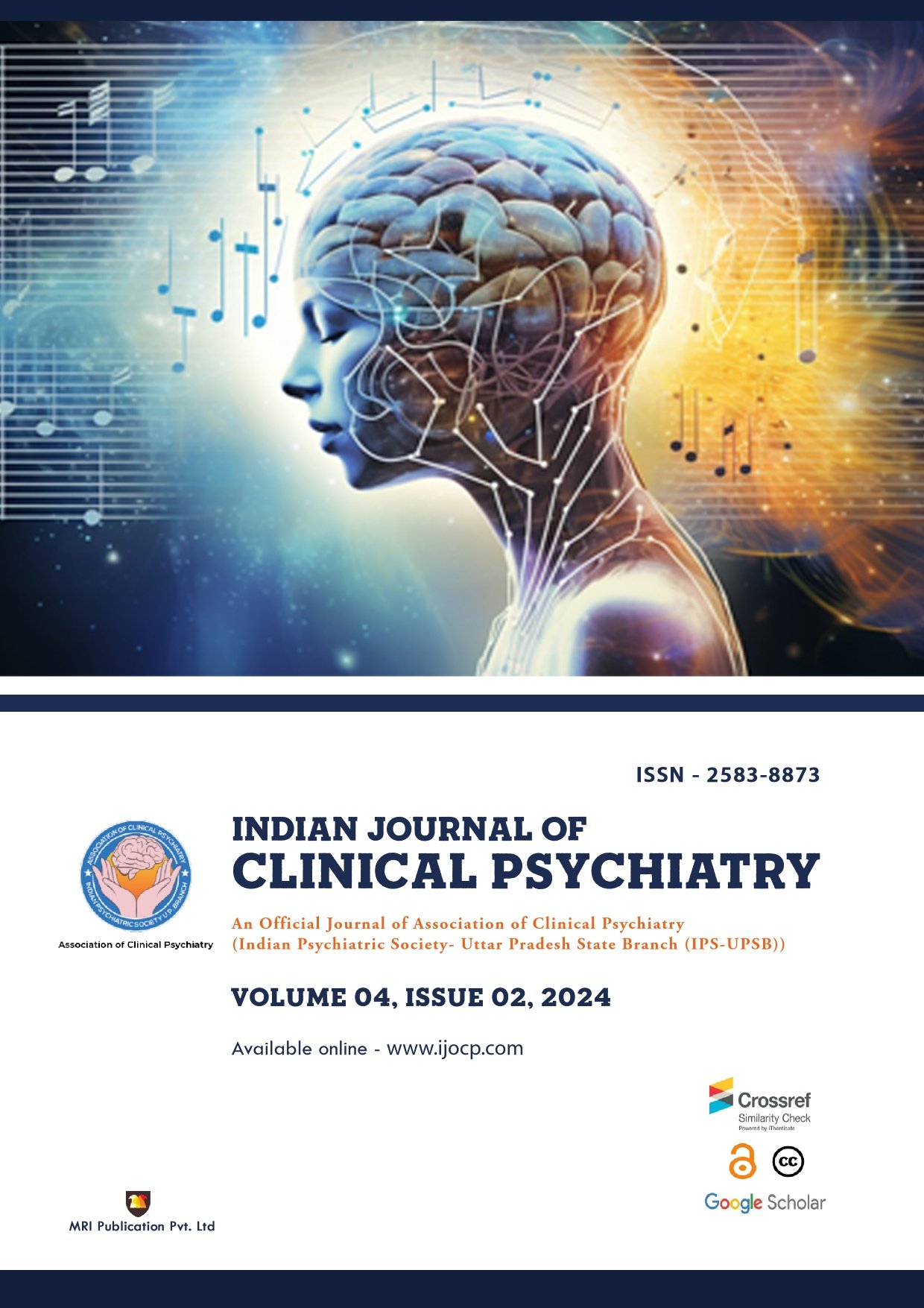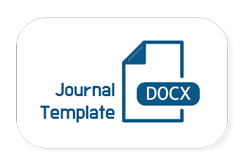Untangling the Seizure Spectrum: A Case Series on Psychogenic non-epileptic Seizures in Complex Scenarios
Downloads
Published
Dimensions Badge
Issue
Section
License
Copyright (c) 2025 Chris Joseph, Joby Scaria

This work is licensed under a Creative Commons Attribution-NonCommercial-NoDerivatives 4.0 International License.
Background: Dissociative neurological symptom disorder (DNSD), encompassing psychogenic non-epileptic seizures (PNES), presents a diagnostic challenge, especially when co-occurring with epilepsy. This case series explores the complex interplay of neurological and psychological factors in such presentations. Methods: Three case reports of patients with seizure-like episodes and neurological symptoms are presented. Each case details the clinical presentation, medical history, psychological evaluation, treatment, and outcomes. Results: Cases 1 and 2 initially presented with features suggestive of epileptic seizures, but subsequent evaluations revealed dissociative neurological symptom disorder (DNSD) due to the presence of psychological stressors, atypical seizure characteristics, and normal EEG findings during later episodes. Case 3 presented with atypical seizure-like episodes from the outset, associated with significant anxiety, depression, and a history of trauma. All cases highlight the importance of thorough clinical evaluation, including detailed history taking, neurological examination, and psychological assessment. Psycho-therapeutic interventions, such as cognitive-behavioral therapy (CBT) and eye movement desensitization and reprocessing (EMDR), proved effective in managing symptoms. Conclusions: This case series underscores the necessity of considering psychological factors in the presence of seizure-like episodes, even in individuals with a history of epilepsy. A multidisciplinary approach, incorporating neurological and psychological assessments, is crucial for accurate diagnosis and effective treatment of DNSD.Abstract
How to Cite
Downloads
⦁ Sir Stanley, Davidson. (2014). Davidson’s principle and practice in medicine. Elsevier. 10(22), 246. ⦁ Cynthia, L. Harden. (1997). Case report. Pseudo-seizures and dissociative disorders: a common mechanism involving traumatic experiences. British epilepsy association. 6, 151-155. ⦁ Melvin, WB Zhang., & Cyrus, S.H. (2015). Mastering psychiatry: a core textbook for undergraduates. 13(4), 221-222. ⦁ Sar, V., & Koyuncu A., Ozturk E., et. Al.: Dissociative disorders in the psychiatric emergency ward. General Hospital Psychiatry 2007; 29: 45-50
References



